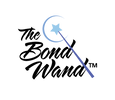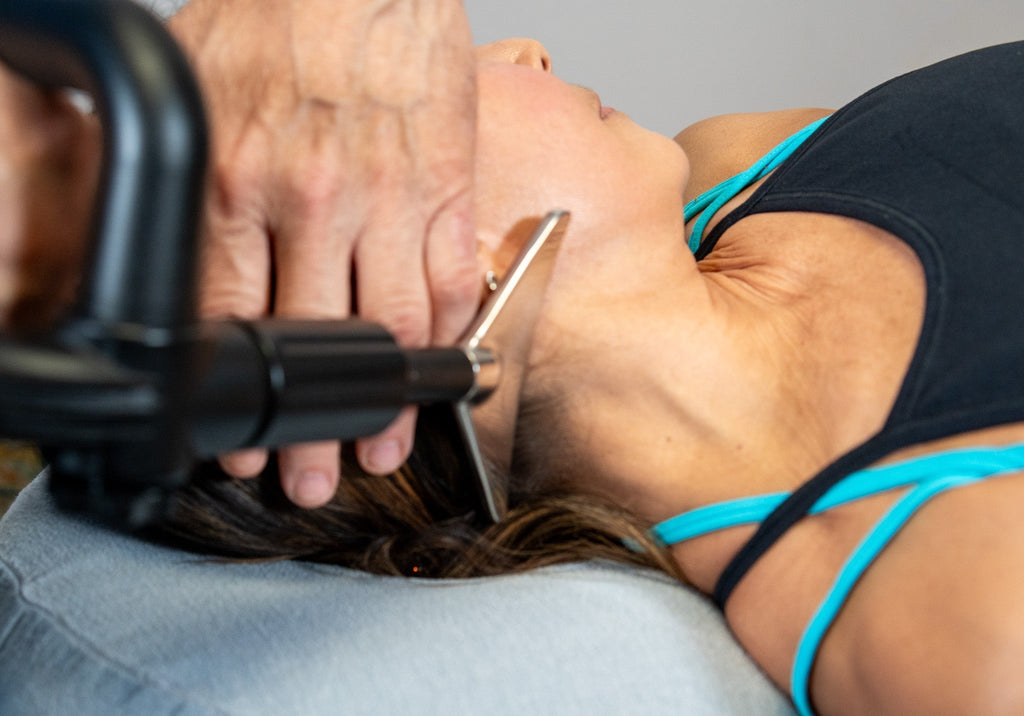Recovery is often talked about as the "missing piece" of athletic performance. It’s not just about rest. It’s an active process that supports tissue repair, nervous system regulation, and biomechanical efficiency. Without a structured recovery approach, even the best training program can lead to diminishing returns—or worse, injury.
The Shift Toward Smarter Recovery
In recent years, there’s been a growing recognition that performance gains are tied just as closely to recovery as they are to training. When tissues are stressed through repeated load—whether through weightlifting, running, or sport-specific drills—they require intentional inputs to repair, reorganize, and regain optimal function.
And beyond injury risk, poor recovery can impair proprioception (your body’s awareness in space), alter movement patterns, and reduce muscular efficiency. All of this adds up to decreased performance over time.
What Recovery Should Actually Do
Effective recovery tools and techniques aim to:
-
Reduce residual tension in soft tissue
-
Increase blood flow to promote healing
-
Address fascial restrictions that may limit mobility
-
Support nervous system downregulation (particularly for athletes in sympathetic overdrive)
-
Improve joint mechanics by balancing muscle tone and alignment
-
Reinforce body awareness and connection to underused muscle groups
Passive rest alone often isn’t enough to accomplish these goals. That’s why self-applied techniques like soft tissue work, mobility drills, and breathwork are increasingly common among athletes and clinicians alike.
Why Many Tools Fall Short
The recovery space is crowded with products: foam rollers, lacrosse balls, massage guns, and scraping tools are all widely used. However, these options have some consistent limitations:
-
Lack of specificity: Many tools apply broad pressure, making it difficult to target smaller or deeper muscle groups.
-
Aggressive output: Tools like percussion guns can be too intense for certain tissues or injury states.
-
User fatigue: Tools that require awkward angles or wrist strength can cause discomfort or lead to compensations.
-
Inconsistent use: If a tool is hard to use or painful, athletes are less likely to make it part of their daily routine.
A Tool Built Around the Way the Body Works
The Bond Wand was developed by Dr. David Bond, a chiropractor who has treated athletes across disciplines for over three decades. He designed the Wand to address some of the most common shortcomings in at-home recovery tools, with a focus on:
-
Ergonomics
-
Precision
-
Adaptability
-
Sustainability
Let’s break that down.
Ergonomics and Leverage
The Wand’s curved frame allows the user to apply pressure using larger muscle groups—like the shoulders and core—rather than relying on grip strength or wrist stability. This makes it more accessible to people with joint sensitivity or reduced mobility and allows for longer, more controlled sessions.
Precision Access
Tight muscles often hide in hard-to-reach places. The subscapularis (under the shoulder blade), the psoas (deep in the hip), and the piriformis (beneath the glutes) are difficult to access with foam rollers or blunt tools. The Bond Wand’s interchangeable tips and curved design allow for directed, controlled access to these deeper structures.
Adaptable Use Cases
Whether you’re working through a recent injury, preparing for high-intensity training, or simply addressing chronic tightness, the Wand fits into your routine without the need for assistance or complex setups. It also pairs well with techniques like:
-
IASTM (Instrument-Assisted Soft Tissue Mobilization)
-
PNF (Proprioceptive Neuromuscular Facilitation)
-
CRAC (Contract-Relax Antagonist Contract)
These techniques help retrain neuromuscular control and promote mobility, and can be self-applied using the Wand as a tool for feedback and pressure.
How to Integrate the Bond Wand into Your Recovery Plan
Pre-Workout: Movement Prep
Using the Wand pre-workout can help stimulate circulation and reduce tension in overactive areas. For example, athletes who tend to rely heavily on their quads can use the Wand on the hip flexors and lateral thigh to reduce tone and improve posterior chain engagement.
Post-Workout: Tension Relief and Circulation
Post-activity, soft tissue work can promote faster recovery by improving lymphatic drainage and breaking up minor adhesions before they develop into larger movement issues. The Wand is especially effective for targeting high-use muscle groups like the calves, hamstrings, and rotator cuff.
A study published in the Journal of Athletic Training found that localized soft tissue work reduced post-exercise soreness by approximately 30% compared to rest alone, particularly when applied within two hours of activity.
Active Recovery and Rehab
For athletes working through injury, recovery tools must be adaptable. The Wand’s structure supports controlled, low-intensity mobilization, which can be essential during early stages of rehab. When used gently and intentionally, it can help reorganize scar tissue and restore range of motion without overstressing sensitive structures.
Long-Term Maintenance
Consistency is key in preventing overuse injuries and maintaining balanced movement. Regular use of the Wand, even just 10–15 minutes a few times per week, can keep fascial restrictions in check and help spot early signs of compensation before they become pain points.
What Movement Professionals Say
Clinicians in sports medicine, chiropractic, and physical therapy frequently cite tool accessibility and ease-of-use as barriers to patient compliance. The Bond Wand was developed to address those concerns, giving athletes a way to maintain their tissue health independently.
Strength coaches have also integrated the Wand into warmup protocols and mobility circuits, especially when working with teams that have limited access to recovery staff between sessions.
Closing Thoughts
Athletes today understand that pushing harder isn't the only path to progress. Smarter recovery, rooted in body awareness and practical tools, is essential to staying strong and injury-free.
Whether you're managing a demanding training schedule or simply trying to move better and feel more connected to your body, the right recovery tools make all the difference.




Leave a comment: